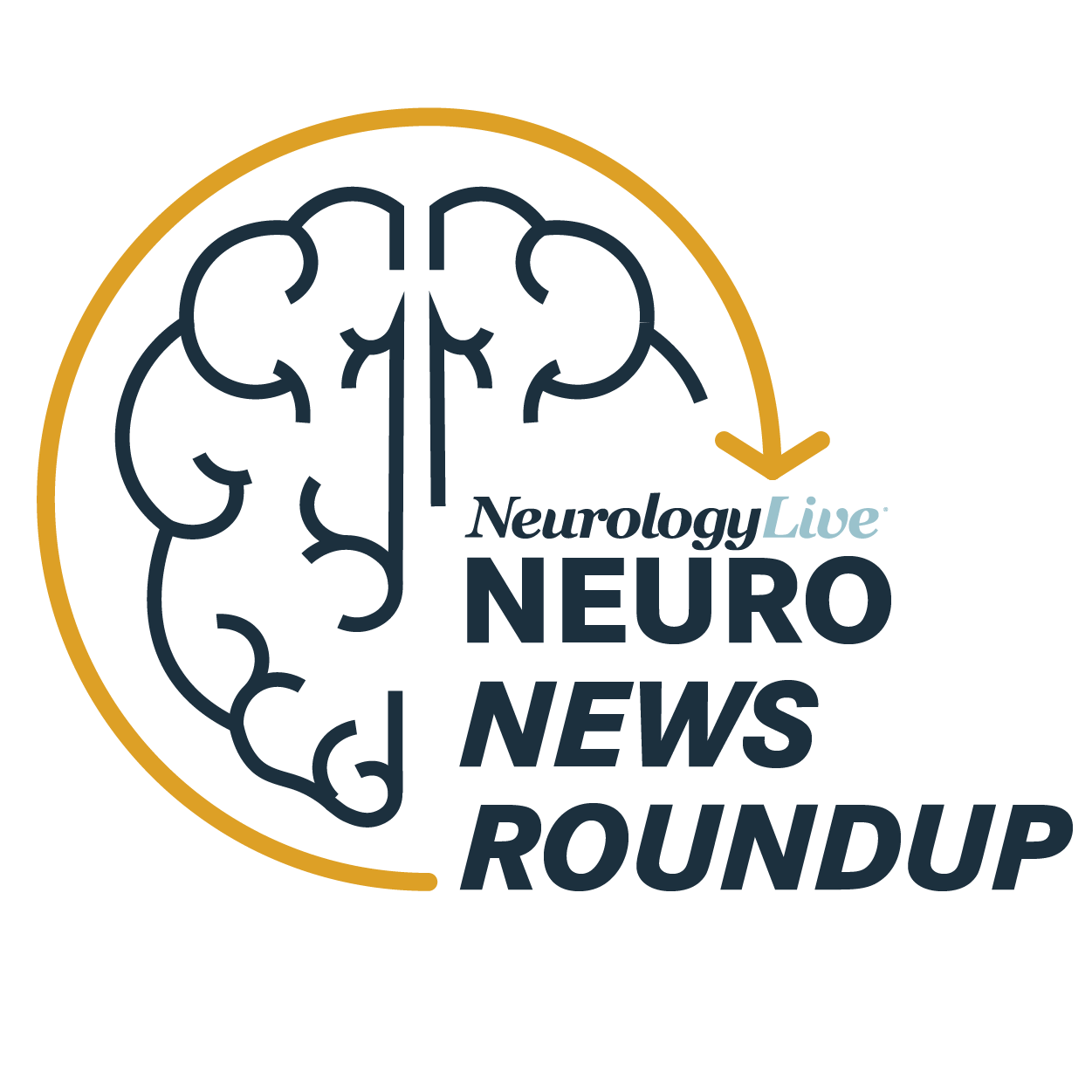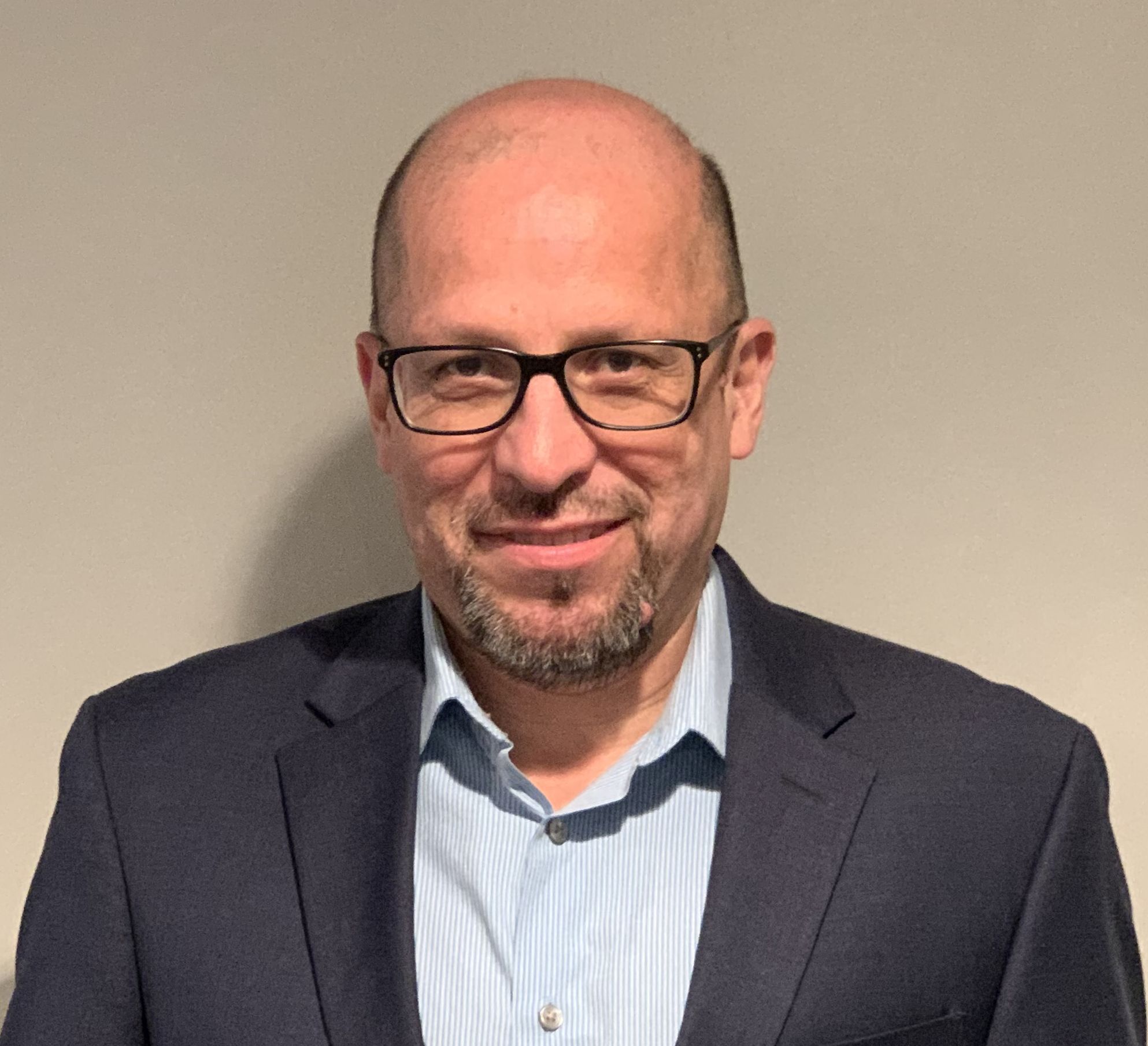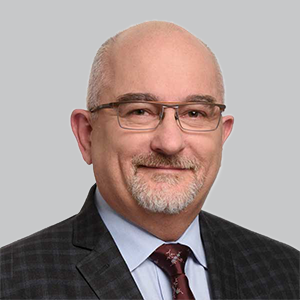Video
Global Prevalence and Incidence of NMOSD
Author(s):
Michael Levy, MD, PhD; Mitzi Williams, MD; and Mirla Avila, MD, examine the genetic, behavioral, and cultural determinants of NMOSD prevalence and incidence.
Michael Yeaman, PhD: Let’s take a bigger picture view of NMOSD [neuromyelitis optica spectrum disorder] for a moment. There has been a lot of evolution in the field over the last decade. Let’s talk a little about global prevalence and incidence of NMOSD. There has been some interesting science and clinical research that starts to provide possible clues for what might be determinants that result in different prevalence and incidence of NMOSD worldwide. Michael, maybe I could start with you with respect to genetic, environmental, and cultural factors that might play a role in different prevalence and incidence worldwide.
Michael Levy, MD, PhD: One of the interesting things that we’ve noticed with the availability of the aquaporin-4 antibody worldwide is that the prevalence across all populations is remarkably similar. In Asia, North America, and South America it’s about 1 to 5 per 100,000 people. However, as a percentage of demyelinating disease, there’s a lot more NMO [neuromyelitis optica] in non-Caucasian populations, such as in China, other Eastern countries, and South America.
There’s a lot more multiple sclerosis [MS] in Caucasian countries, so the percentage of NMO in Caucasian countries is much lower, but the actual number per 100,000 is about the same, with the exception of small pockets. For example, in Martinique, a far eastern Caribbean island, the prevalence is much higher—10 per 100,000—and 90% of the population is of African ancestry, and the whole island is on the national health care system, so the numbers are very good. There’s clearly a genetic component there that we need to understand better. When you look across Caucasian majority populations, such as in the United States and Europe, a lot of the patients in those countries who have NMO are non-Caucasian. In the United States, where African Americans make up about 13% of the general population, in the NMO population, they make up more than 40%, so they are 3-fold represented in the United States.
Michael Yeaman, PhD: Thanks, Michael. That raises a couple of important points. Maybe we could ask Mitzi to comment a little further on the African American population in the United States. What are your thoughts on the factors that might lead to a greater or more disproportionate prevalence and incidence of NMOSD among African American or Black individuals?
Mitzi Williams, MD: It’s an excellent question. Certainly, as has been stated, I believe that genetics is likely playing a part. It’s very interesting that now that we have better tools to identify NMOSD, it’s leading us to re-examine many of our thoughts about the phenotypes of MS in the Black population. Because traditionally, we thought of it as an opticospinal disease affecting the optic nerves and the spinal cord. But now many of us question whether we were really including people who had NMOSD in those early studies. Was that driving some of our descriptions of the phenotype of MS in these populations?
It’s very interesting that it does seem to disproportionately affect those who aren’t Caucasian. We’re learning more about it in Africa in Black populations. Most of the research that has come from those areas, which is very small, has described phenotypes that are much more typical of NMOSD than traditional MS. Although it’s very interesting, it certainly has raised more questions about re-examining how we’re looking at these populations in terms of MS and causing us to go back, not necessarily to the drawing board but close to the drawing board, to make sure we’re properly characterizing people with MS and not including some of those NMOSD populations that were likely misdiagnosed.
Michael Yeaman, PhD: Great points. Mirla, we know that Hispanic and Latino individuals can also be disproportionately affected not only in prevalence and incidence but also in severity of disease. Can you comment about that please?
Mirla Avila, MD: Yes, we’re lacking studies to know exactly the numbers in the Latin American population. I may be biased because I practice in Texas, but about 70% of my patients with NMOSD are Hispanic. If you look at Central America and Mexico, we have a pretty high number of patients with NMOSD. That being said, in all of Latin America, there’s a pool of different genes from Europe and Africa, so it would be interesting to see from the Hispanic population who has more Caucasian or African genetics and whether we still see that difference. That would be something interesting that still needs to be answered.
Michael Yeaman, PhD: Well said. And we know that there remain a lot of unknowns in South America, and there’s a lot of work going on there, so all of these points are well taken.
Transcript Edited for Clarity




